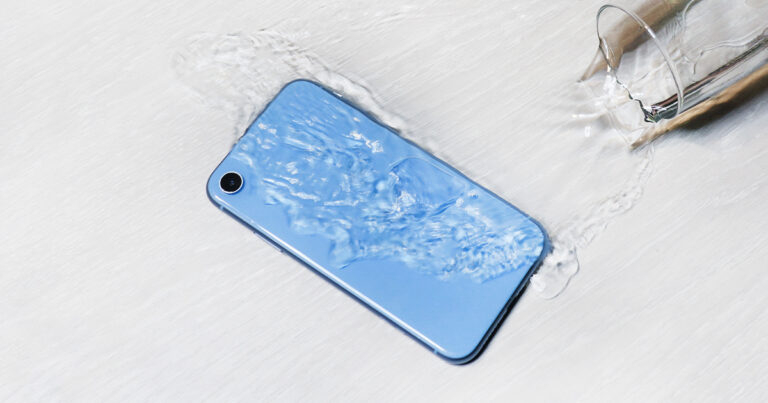Optus Mobile Review ALDI Mobile Review Amaysim Mobile Review Belong Mobile Review Circles.Life Review Vodafone Mobile Review Woolworths Mobile Review Felix Mobile Review Best iPhone Plans Best Family Mobile Plans Best Budget Smartphones Best Prepaid Plans Best SIM-Only Plans Best Plans For Kids And Teens Best Cheap Mobile Plans Telstra vs Optus Mobile Optus NBN Review Belong NBN Review Vodafone NBN Review Superloop NBN Review Aussie BB NBN Review iiNet NBN Review MyRepublic NBN Review TPG NBN Review Best NBN Satellite Plans Best NBN Alternatives Best NBN Providers Best Home Wireless Plans What is a Good NBN Speed? Test NBN Speed How to speed up your internet Optus vs Telstra Broadband ExpressVPN Review CyberGhost VPN Review NordVPN Review PureVPN Review Norton Secure VPN Review IPVanish VPN Review Windscribe VPN Review Hotspot Shield VPN Review Best cheap VPN services Best VPN for streaming Best VPNs for gaming What is a VPN? VPNs for ad-blocking The IP (Ingress Protection) rating scale is an internationally recognised coding system that describes the conditions each device has been tested against. It’s also a handy reference guide for consumers who need to know what level of dust and water protection their device offers. IP(S)(L)
S= Solid resistance L = Liquid resistance
Sometimes you will see an X or 0 in an IP rating. A rating of 0 means the device is not protected against any solid or liquid ingress. Whereas a rating of X means the device has simply not been tested for solid or liquid ingress. For example, the Google Pixel Buds A are rated IPX4. That shows that the Pixel Buds A have been tested for water resistance but not solid or dust resistance. The Pixel Buds A can withstand some degree of dust and solid ingress but Google either hasn’t tested dust resistance thoroughly or it hasn’t made an official claim on the matter. Solid resistance is rated on a scale of 0 - 6 and liquid resistance is rated on a scale from 0 - 8. IP00 or IPXX is the lowest protection on the IP rating scale and IP68 is the highest. Thankfully, there’s such a thing as consumer law. In Australia, consumer law protects you for a “reasonable period from the date of delivery until the failure becomes apparent”. That’s a broad classification that shouldn’t be abused. But if you have reason to believe your device hasn’t been exposed to conditions greater than what the device’s IP rating claims are protected, you may be able to explore your options with the manufacturer. The IP rating is a reliable indicator of the conditions your device can take but there’s always the chance you’ve received a faulty unit. Here’s a short list of some popular smartphones that are rated IP68 for dust and water resistance:
iPhone 13 Pro Max iPhone 13 Pro iPhone 13 iPhone 12 Pro Max iPhone 12 Pro iPhone 12 iPhone 11 Pro Max iPhone 11 Pro iPhone 11 iPhone SE (2020) Samsung Galaxy S21 Ultra Samsung Galaxy S21 Samsung Galaxy S20 FE Samsung Galaxy Note 20 Ultra OnePlus 9 Pro Google Pixel 5
